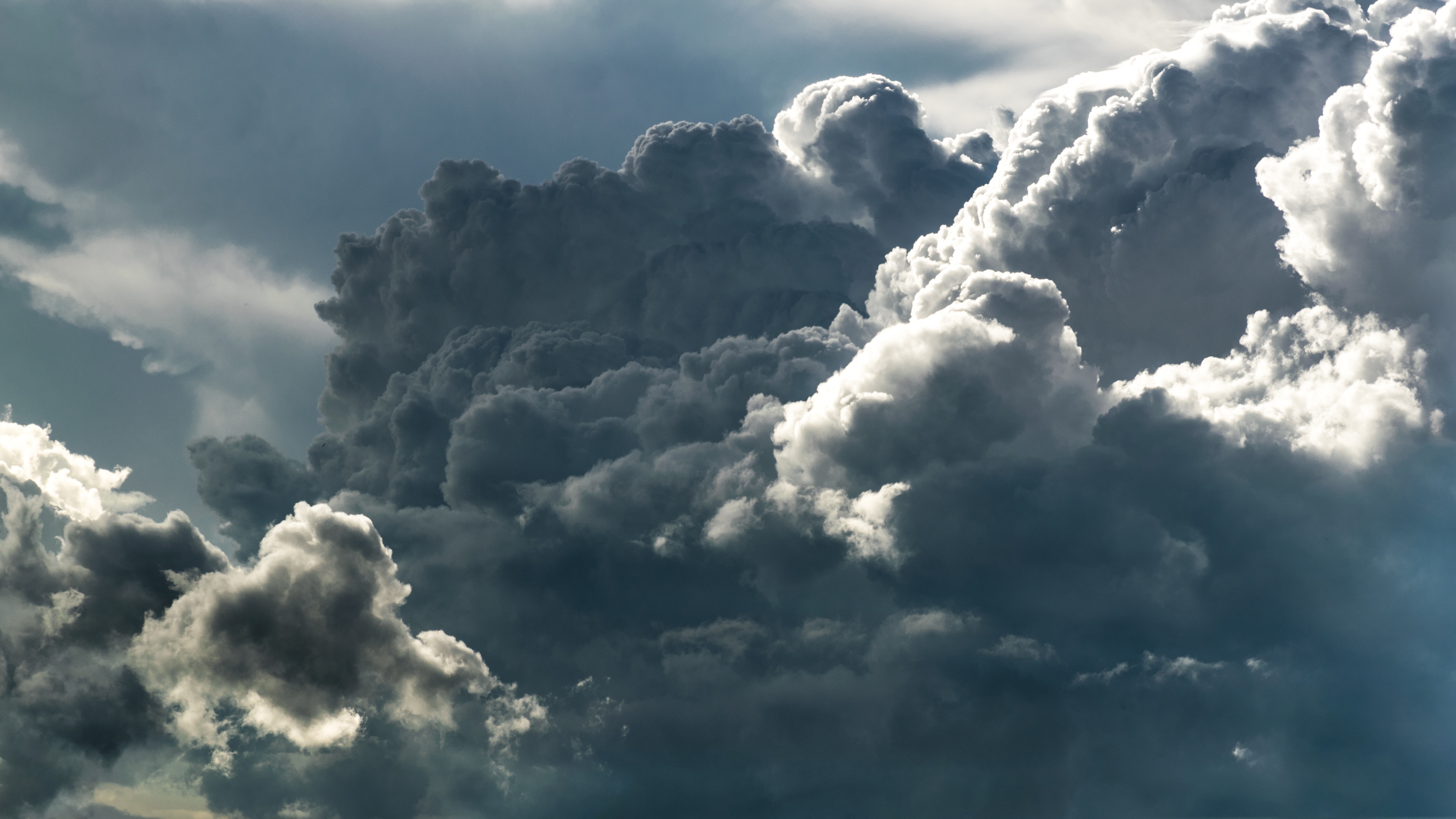New weather app ‘a quantum leap’ for understanding extreme events

Rain of biblical proportions, heatwaves, tornadoes and bushfires — extreme weather events happen around the world on a regular basis and Australian scientists are hoping to improve their forecasting with the help of citizen scientists.
A new app called WeatheX — developed by Researchers from the ARC Centre of Excellence for Climate Extremes and Monash University — encourages users to photograph and report wild weather events.
Monash University researcher Dr Joshua Soderholm said extreme weather could be missed by instruments because weather radars could not see close to the ground and surface weather stations were sparsely located.
“They’ll often miss the strongest wind gusts, the storms might be outside radar range or the radars don’t pick them up correctly — so this app is just going to fill in all those holes,” Dr Soderholm said.
“Storms often happen in very localised areas, so it can be very hard to get useful observations when recording stations are so far apart.
“If citizen scientists can help us fill the gaps, then we can get more detail of extreme events and potentially improve our understanding of how they develop.”
The app was made in collaboration with the Australian Bureau of Meteorology (BOM) and was launched a month ago.
“It allows everyday citizen scientists to open the app after they see a severe weather event and report its intensity and capture a photo of a flood, hail, wind damage or tornadoes,” Dr Soderholm said.
“This can actually have a profound impact on understanding the science of storms.”
The app was put to the test for the first time last month when storms lashed southern Queensland.
‘Eyes on the ground’ with real-time updates
Storm chaser Jane ONeill said she provided real-time updates to the app when a tornado hit the small town of Tansey in Queensland’s South Burnett region while she was visiting the area.
“There was total chaos for five minutes and a huge amount of damage,” she said.
“There was a flash flood that came through, trees down, large hail, a lot of damage to vehicles and homes and that poor lady that was badly bruised by hail while trying to protect her infant daughter.”
The self-confessed “weather nerd” from Trentham in Victoria said the best thing about the app was that it gave BOM “eyes on the ground”.
“That helps them [BOM] issue general warnings for the public — the earlier you get the warnings out the better.”
Users remain anonymous
Dr Soderholm said all reports and photos remained anonymous and no identifying information was collected.
“Privacy is paramount and users remain anonymous with no mobile numbers, names or email addresses required,” he said.
All of the information is collated into a database where researchers can view the movement, development, changes and impacts of any storm as it happened.
“This allows us to build a more accurate understanding of the weather systems that produced severe weather and we can take that information and look at climate models to see how these weather systems have been changing and will change into the future,” Dr Soderholm said.
Originally published by the ABC, 16 November 2018.

